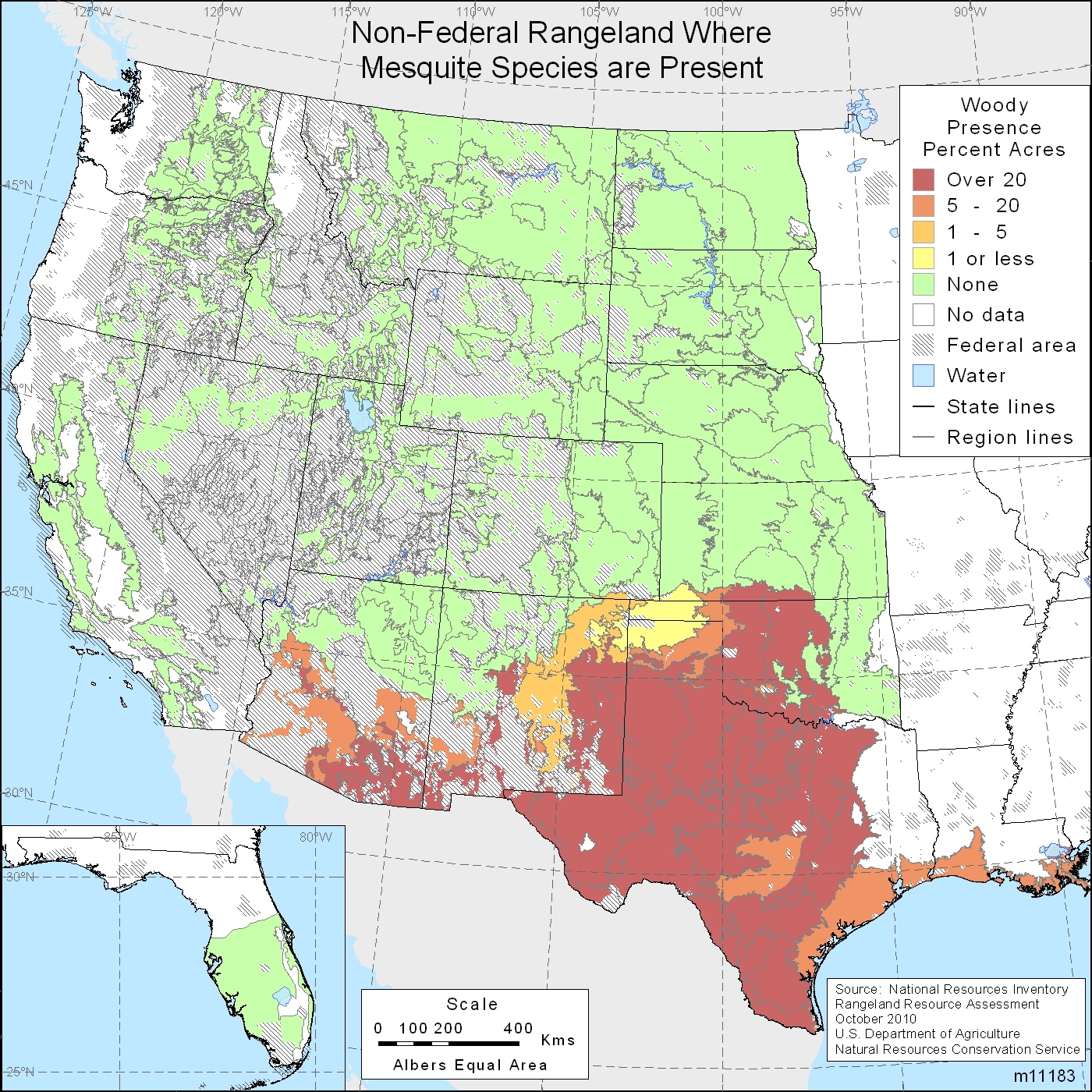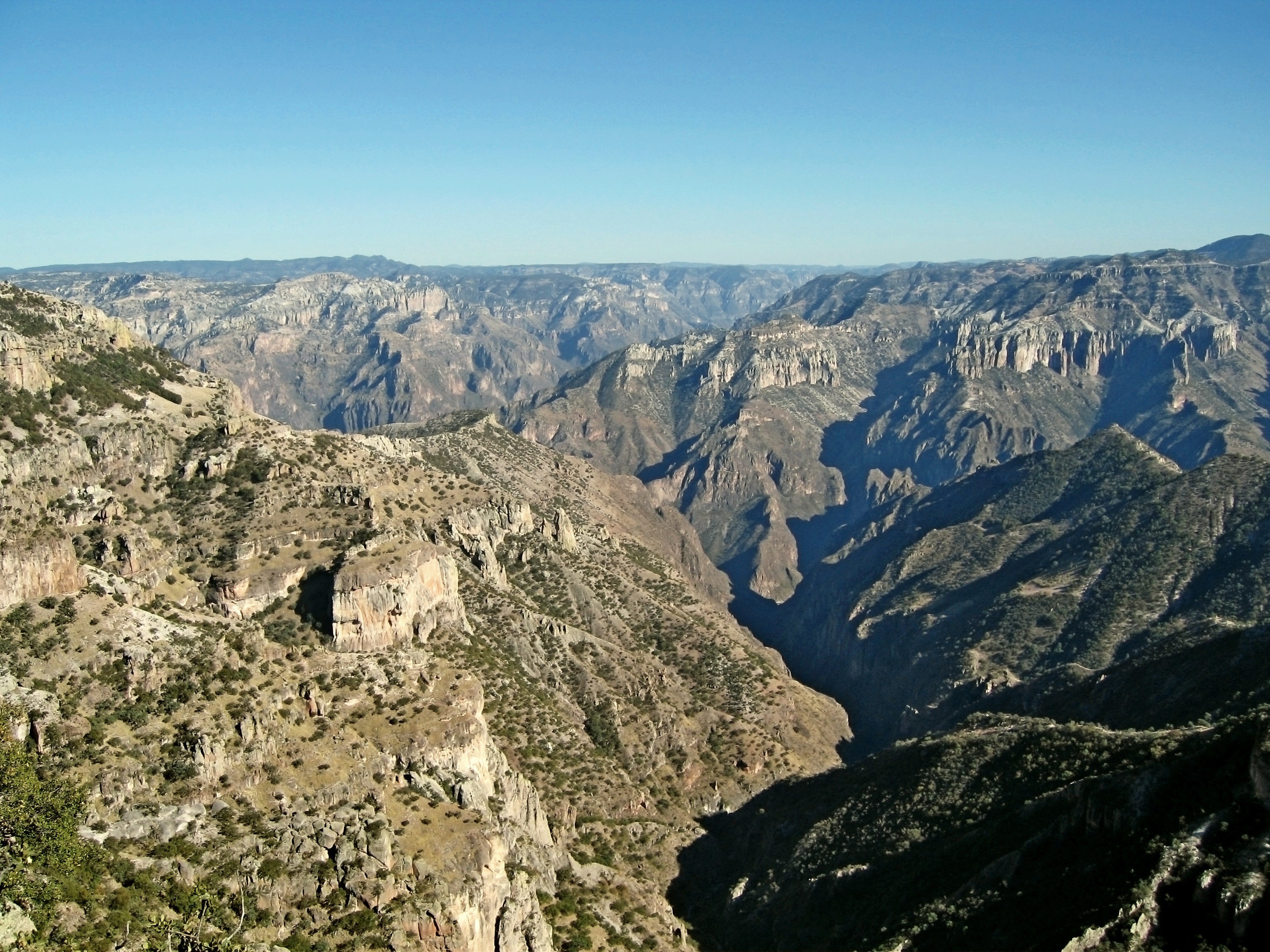|
Lithobates Magnaocularis
The Northwest Mexico leopard frog (''Lithobates magnaocularis'') is a species of frog A frog is any member of a diverse and largely semiaquatic group of short-bodied, tailless amphibian vertebrates composing the order (biology), order Anura (coming from the Ancient Greek , literally 'without tail'). Frog species with rough ski ... in the family Ranidae Endemism, endemic to Mexico."Amazing Frogs and Toads"; Clark, Barry. First American edition, 1990; Alfred A. Knopf, Inc.; 1900, London This predominantly aquatic frog inhabits temporary or permanent pools in shrublands and mesquite forests. It might be threatened by droughts. It ranges along the Pacific slope of the Sierra Madre Occidental and adjacent coastal plain from southern Sonora state to southwards to the Río Grande de Santiago valley, where it occurs from sea level to 470 meters elevation. See also *List of amphibians of Mexico References Lithobates Endemic amphibians of Mexico Taxonomy articles created by ... [...More Info...] [...Related Items...] OR: [Wikipedia] [Google] [Baidu] |
Frog
A frog is any member of a diverse and largely semiaquatic group of short-bodied, tailless amphibian vertebrates composing the order (biology), order Anura (coming from the Ancient Greek , literally 'without tail'). Frog species with rough skin texture due to wart-like parotoid glands tend to be called toads, but the distinction between frogs and toads is informal and purely cosmetic, not from taxonomy (biology), taxonomy or evolutionary history. Frogs are widely distributed, ranging from the tropics to subarctic regions, but the greatest concentration of species diversity is in tropical rainforest and associated wetlands. They account for around 88% of extant amphibian species, and are one of the five most diverse vertebrate orders. The oldest fossil "proto-frog" ''Triadobatrachus'' is known from the Early Triassic of Madagascar (250Myr, million years ago), but molecular clock, molecular clock dating suggests their divergent evolution, divergence from other amphibians may exte ... [...More Info...] [...Related Items...] OR: [Wikipedia] [Google] [Baidu] |
Endemism
Endemism is the state of a species being found only in a single defined geographic location, such as an island, state, nation, country or other defined zone; organisms that are indigenous to a place are not endemic to it if they are also found elsewhere. For example, the Cape sugarbird is found exclusively in southwestern South Africa and is therefore said to be ''endemic'' to that particular part of the world. An endemic species can also be referred to as an ''endemism'' or, in scientific literature, as an ''endemite''. Similarly, many species found in the Western ghats of India are examples of endemism. Endemism is an important concept in conservation biology for measuring biodiversity in a particular place and evaluating the risk of extinction for species. Endemism is also of interest in evolutionary biology, because it provides clues about how changes in the environment cause species to undergo range shifts (potentially expanding their range into a larger area or b ... [...More Info...] [...Related Items...] OR: [Wikipedia] [Google] [Baidu] |
Mexico
Mexico, officially the United Mexican States, is a country in North America. It is the northernmost country in Latin America, and borders the United States to the north, and Guatemala and Belize to the southeast; while having maritime boundary, maritime boundaries with the Pacific Ocean to the west, the Caribbean Sea to the southeast, and the Gulf of Mexico to the east. Mexico covers 1,972,550 km2 (761,610 sq mi), and is the List of countries by area, thirteenth-largest country in the world by land area. With a population exceeding 130 million, Mexico is the List of countries by population, tenth-most populous country in the world and is home to the Hispanophone#Countries, largest number of native Spanish speakers. Mexico City is the capital and List of cities in Mexico, largest city, which ranks among the List of cities by population, most populous metropolitan areas in the world. Human presence in Mexico dates back to at least 8,000 BC. Mesoamerica, considered a cradle ... [...More Info...] [...Related Items...] OR: [Wikipedia] [Google] [Baidu] |
Mesquite
Mesquite is a common name for some plants in the genera ''Neltuma'' and '' Strombocarpa'', which contain over 50 species of spiny, deep-rooted leguminous shrubs and small trees. They are native to dry areas in the Americas. Until 2022, these genera were traditionally included in a broad view of the genus '' Prosopis'', but that genus is now restricted to a few species native to the Old World. Mesquites have extremely long roots to seek water from very far under ground. As they are legumes, mesquites are one of the few sources of fixed nitrogen in the desert habitat. The trees bloom from spring to summer. They often produce fruits known as "pods". Mesquites are able to grow up to tall, depending on site and climate. They are deciduous and depending on location and rainfall have either deep or shallow roots. Mesquites are considered long-lived because of the low mortality rate after the dicotyledonous stage and juveniles are also able to survive in conditions with low light and ... [...More Info...] [...Related Items...] OR: [Wikipedia] [Google] [Baidu] |
Sierra Madre Occidental
The Sierra Madre Occidental is a major mountain range system of the North American Cordillera, that runs northwest–southeast through northwestern and western Mexico, and along the Gulf of California. The Sierra Madre is part of the American Cordillera, a chain of mountain ranges (cordillera) that consist of an almost continuous sequence that form the western "sounds" of North America, Central America, South America, and West Antarctica. Etymology The Spanish name ''sierra madre'' means "mother mountain range" in English, and ''occidental'' means "western", these thus being the "Western mother mountain range". To the east, from the Spanish ''oriental'' meaning "eastern" in English, the Sierra Madre Oriental range or "Eastern mother mountain range" runs generally parallel to the Sierra Madre Occidental along eastern Mexico and the Gulf of Mexico. The range extends from northern Sonora, a state near the Mexico–U.S. border at Arizona, southeast towards to the Trans-Mexican V ... [...More Info...] [...Related Items...] OR: [Wikipedia] [Google] [Baidu] |
Sonora
Sonora (), officially Estado Libre y Soberano de Sonora (), is one of the 31 states which, along with Mexico City, comprise the Administrative divisions of Mexico, Federal Entities of Mexico. The state is divided into Municipalities of Sonora, 72 municipalities; the capital (and largest) city of which is Hermosillo, located in the center of the state. Other large cities include Ciudad Obregón, Nogales, Sonora, Nogales (on the Mexico–United States border, Mexico-United States border), San Luis Río Colorado, and Navojoa. Sonora is bordered by the states of Chihuahua (state), Chihuahua to the east, Baja California to the west (of the north portion) and Sinaloa to the southeast. To the north, it shares a border with the United States, and on the southwest has a significant share of the coastline of the Gulf of California. Sonora's natural geography is divided into three parts: the Sierra Madre Occidental in the east of the state; plains and rolling hills in the center; and the co ... [...More Info...] [...Related Items...] OR: [Wikipedia] [Google] [Baidu] |
Río Grande De Santiago
The Río Grande de Santiago, or Santiago River, is a river in western Mexico. It flows westwards from Lake Chapala via Ocotlán through the states of Jalisco and Nayarit to empty into the Pacific Ocean. It is one of the longest rivers in Mexico, measuring up long. Geography The river begins at Lake Chapala, running through Ocotlán and continuing roughly north-west through the Sierra Madre Occidental range, receiving the Verde, Juchipila, Bolaños, Huaynamota, Mololoa, and other tributaries. The Río Grande de Santiago then descends over 1700 meters as it heads towards the sea. Downstream from Lake Chapala, the river and its major tributaries have carved deep narrow canyons, or ''barrancas'', which can be 600 meters lower than the surrounding plateau. The lower elevation and year-round moisture in the canyon bottoms sustain forests, which include many coastal tropical species not found on the plateaus. The Barranca de Oblatos or Barranca de Huentitán is a scenic and ... [...More Info...] [...Related Items...] OR: [Wikipedia] [Google] [Baidu] |
List Of Amphibians Of Mexico
This is a list of amphibians found in Mexico. A total of 366 amphibian species have been recorded in Mexico, 3 of which are extinct. This list is derived from the database listing of AmphibiaWeb.AmphibiaWeb 2012 Caecilians (Gymnophiona) Dermophiidae Order: Gymnophiona. Family: Dermophiidae *''Dermophis mexicanus'' (VU) *''Dermophis oaxacae'' (DD) Salamanders (Caudata) Ambystomatidae Order: Caudata. Family: Ambystomatidae *''Ambystoma altamirani'' (EN) *'' Ambystoma amblycephalum'' (CR) *'' Ambystoma andersoni'' (CR) *'' Ambystoma bombypellum'' (CR) *''Ambystoma dumerilii'' (CR) *'' Ambystoma flavipiperatum'' (DD) *'' Ambystoma granulosum'' (CR) *'' Ambystoma leorae'' (CR) *'' Ambystoma lermaense'' (CR) *''Ambystoma mexicanum'' (CR) *''Ambystoma ordinarium'' (EN) *'' Ambystoma rivulare'' (DD) *'' Ambystoma rosaceum'' (LC) *'' Ambystoma silvense'' (DD) *'' Ambystoma taylori'' (CR) *''Ambystoma tigrinum'' (LC) *'' Ambystoma velasci'' (LC) Plethodontidae Order: Caudata. ... [...More Info...] [...Related Items...] OR: [Wikipedia] [Google] [Baidu] |
Lithobates
''Lithobates'', commonly known as the bullfrogs, is a genus of true frogs, of the family Ranidae. The name is derived from '' litho-'' (stone) and the Greek ' (, one that treads), meaning one that treads on rock, or rock climber. As presently defined, it includes many of eastern North America's most familiar aquatic frog species, including the American bullfrog, green frog, and the leopard frogs. Systematics The name was defined by Hillis and Wilcox (2005) for a subgenus of four Central and South American frogs within the genus ''Rana''. The subgenus was subsequently expanded to seven species in Central and South America in a systematic revision of the genus ''Rana''. The name was previously used by Frost ''et al.'' as a separate genus of ranid frogs that included most of the North American frogs traditionally included in the genus ''Rana'',Frost, Darrel R. (2006): Amphibian Species of the World Version 3 Petropedetidae Noble, 1931 American Museum of Natural History, New Yor ... [...More Info...] [...Related Items...] OR: [Wikipedia] [Google] [Baidu] |
Endemic Amphibians Of Mexico
Endemism is the state of a species being found only in a single defined geographic location, such as an island, state, nation, country or other defined zone; organisms that are indigenous to a place are not endemic to it if they are also found elsewhere. For example, the Cape sugarbird is found exclusively in southwestern South Africa and is therefore said to be ''endemic'' to that particular part of the world. An endemic species can also be referred to as an ''endemism'' or, in scientific literature, as an ''endemite''. Similarly, many species found in the Western ghats of India are examples of endemism. Endemism is an important concept in conservation biology for measuring biodiversity in a particular place and evaluating the risk of extinction for species. Endemism is also of interest in evolutionary biology, because it provides clues about how changes in the environment cause species to undergo range shifts (potentially expanding their range into a larger area or becomin ... [...More Info...] [...Related Items...] OR: [Wikipedia] [Google] [Baidu] |
Taxonomy Articles Created By Polbot
280px, Generalized scheme of taxonomy Taxonomy is a practice and science concerned with classification or categorization. Typically, there are two parts to it: the development of an underlying scheme of classes (a taxonomy) and the allocation of things to the classes (classification). Originally, taxonomy referred only to the classification of organisms on the basis of shared characteristics. Today it also has a more general sense. It may refer to the classification of things or concepts, as well as to the principles underlying such work. Thus a taxonomy can be used to organize species, documents, videos or anything else. A taxonomy organizes taxonomic units known as "taxa" (singular "taxon"). Many are hierarchies. One function of a taxonomy is to help users more easily find what they are searching for. This may be effected in ways that include a library classification system and a search engine taxonomy. Etymology The word was coined in 1813 by the Swiss botanist A ... [...More Info...] [...Related Items...] OR: [Wikipedia] [Google] [Baidu] |






